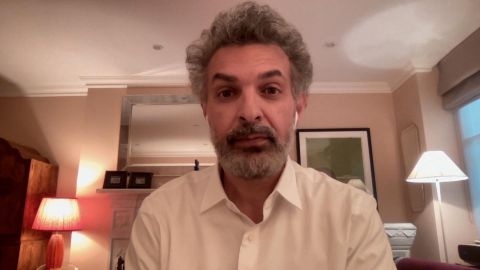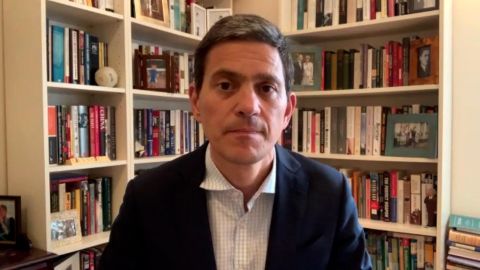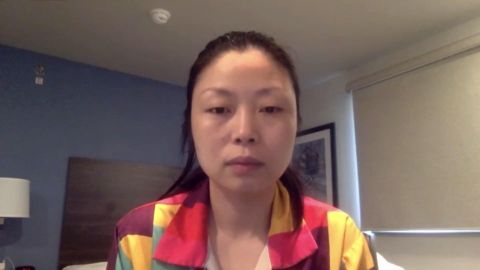Read Transcript EXPAND
BARRY JENKINS, CREATOR AND DIRECTOR, “THE UNDERGROUND RAILROAD”: Well, it was my first objective, empathy and identification. I feel like my ancestors’ stories have been extremely well-covered in academic journals, in journalism, and different kinds of periodicals. But we’re watching more than we’re reading these days. And some of these stories, some of this struggle, some of these lessons that the world can learn from the ordeal of my ancestors has been pushed to the periphery or is being lost to time. And so I did feel like giving them an imagistic treatment, creating these visuals, depicting them in sounds and images was one of the best ways I could honor their legacy.
CHRISTIANE AMANPOUR: The first episode is a really brutal watch. And it changes throughout. And it’s the story, obviously, of Cora as she progresses through the U.S. But the first is very, very brutal. And I kept thinking of your mission statement about empathy, about visuals, about setting the scene and building the story. And I wonder how hard it was for you, but also for your actors, and particularly some of the younger actors. And there plenty of children involved. How did they cope with being confronted? I mean, we have got a scene, the lynching scene, the whipping scene, the burning scene, in the way the white owners disrupt the birthday, of an old man on their plantation, a slave himself, just out of pure mean-spirited power, then end up whipping Cora and a small boy. They’re very hard, not just to watch, but presumably to be part of. You had therapists on set. How did you use them?
JENKINS: Yes, it was — one, it was a collective experience of telling a story and creating these images. And I think we all knew that we were there for the same purpose. Both the people who had the trauma visited upon them, the actors who must withstand that, and the actors, unfortunately, who must commit those traumas, you’re all there for the same purpose. And, as you say, we had a therapist on set. We also had an intimacy coordinator on set. Any time we were dealing with these very knotty images, we understood that we were there to unpack the images, but not allow the images to unpack us. I think having that same energy would hopefully extend to the audience as well, and when they viewed those images, the image — the energy that we put into them, that would be very clear. And so it was one of those things where everyone understood that our emotional well-being or our intellectual well-being, our mental health was just as important as creating the art. And so, if someone wanted to stop, they could, and, collectively, we would all rally around that person, which didn’t happen too often, but knowing the safety that was there I think made everyone feel safe.
About This Episode EXPAND
Saad Mohseni; David Miliband; Barry Jenkins; Nanfu Wang
LEARN MORE



